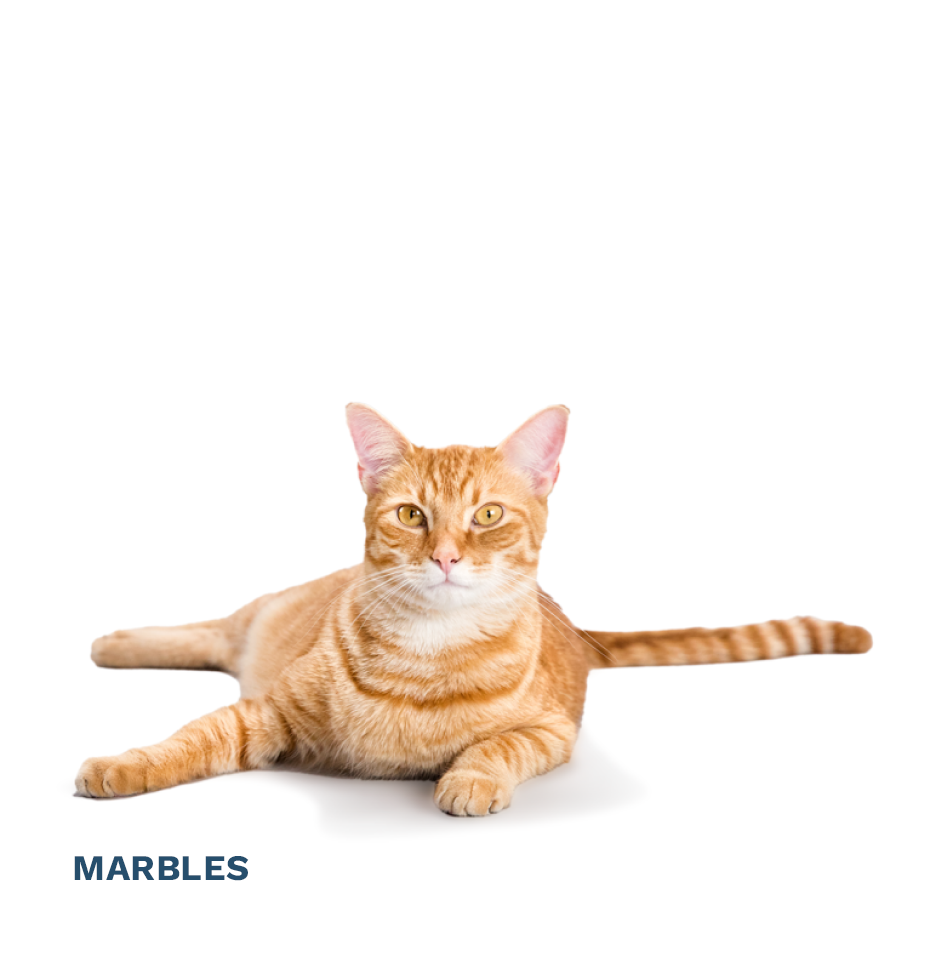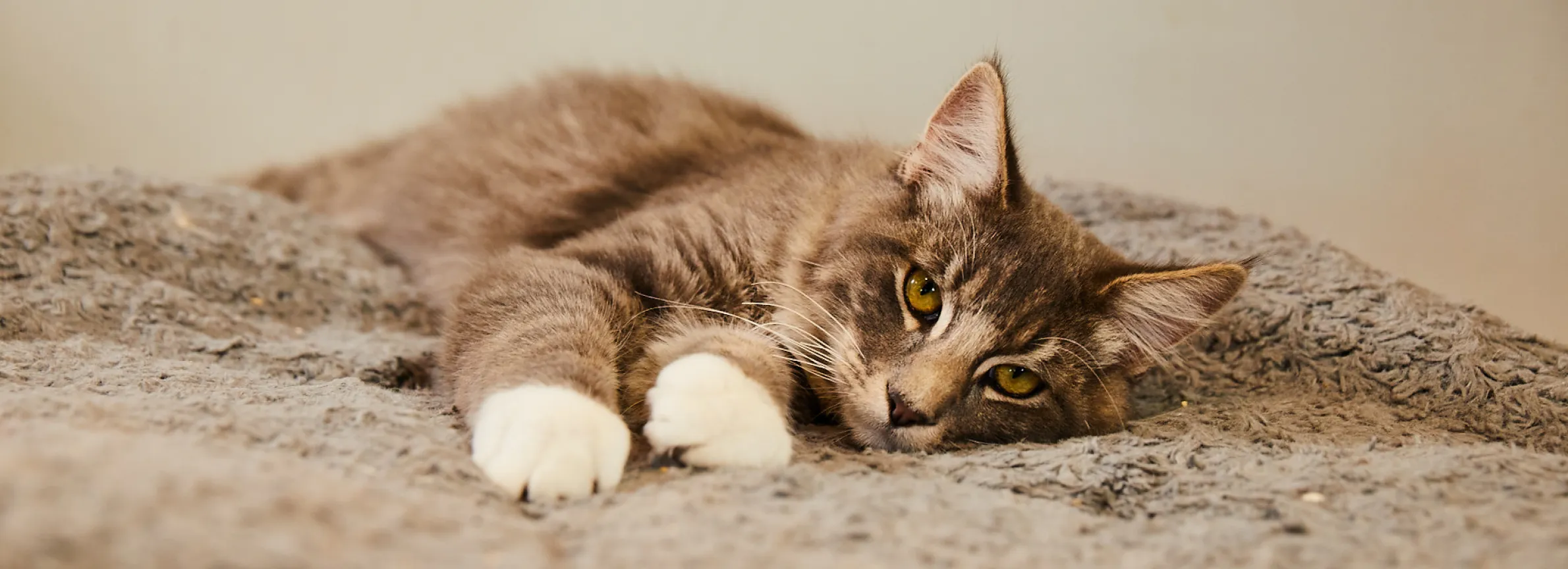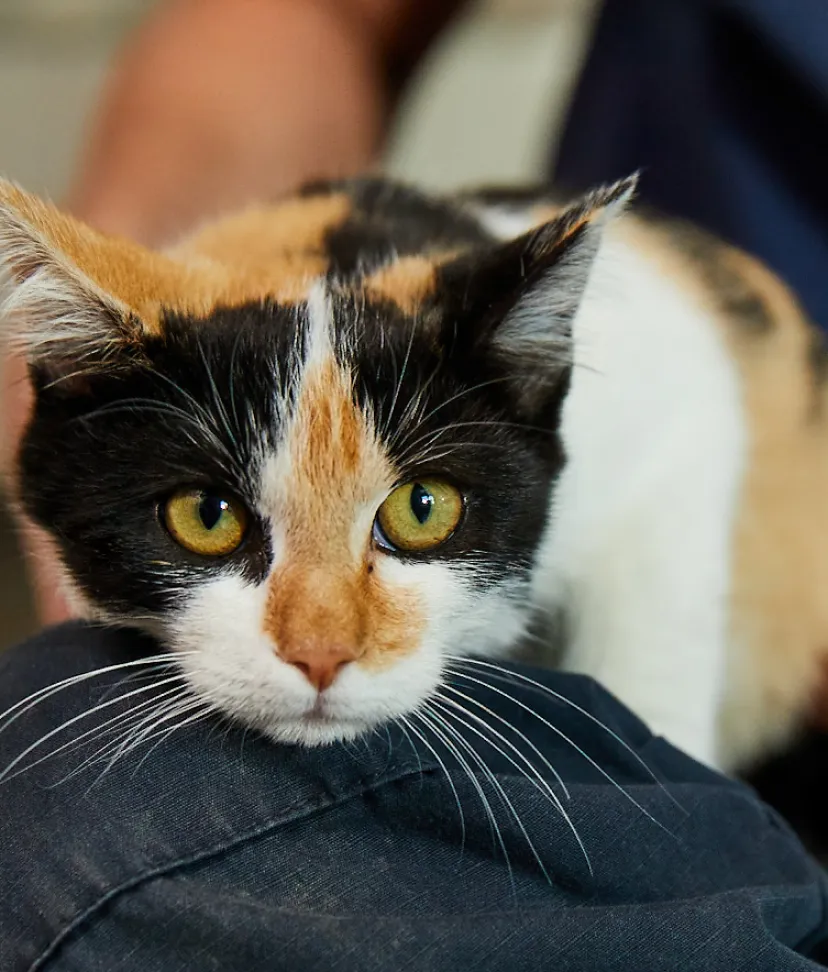
Cat Owner Resources
Here are some helpful tips and ideas to help your new cat transition to living in your home.



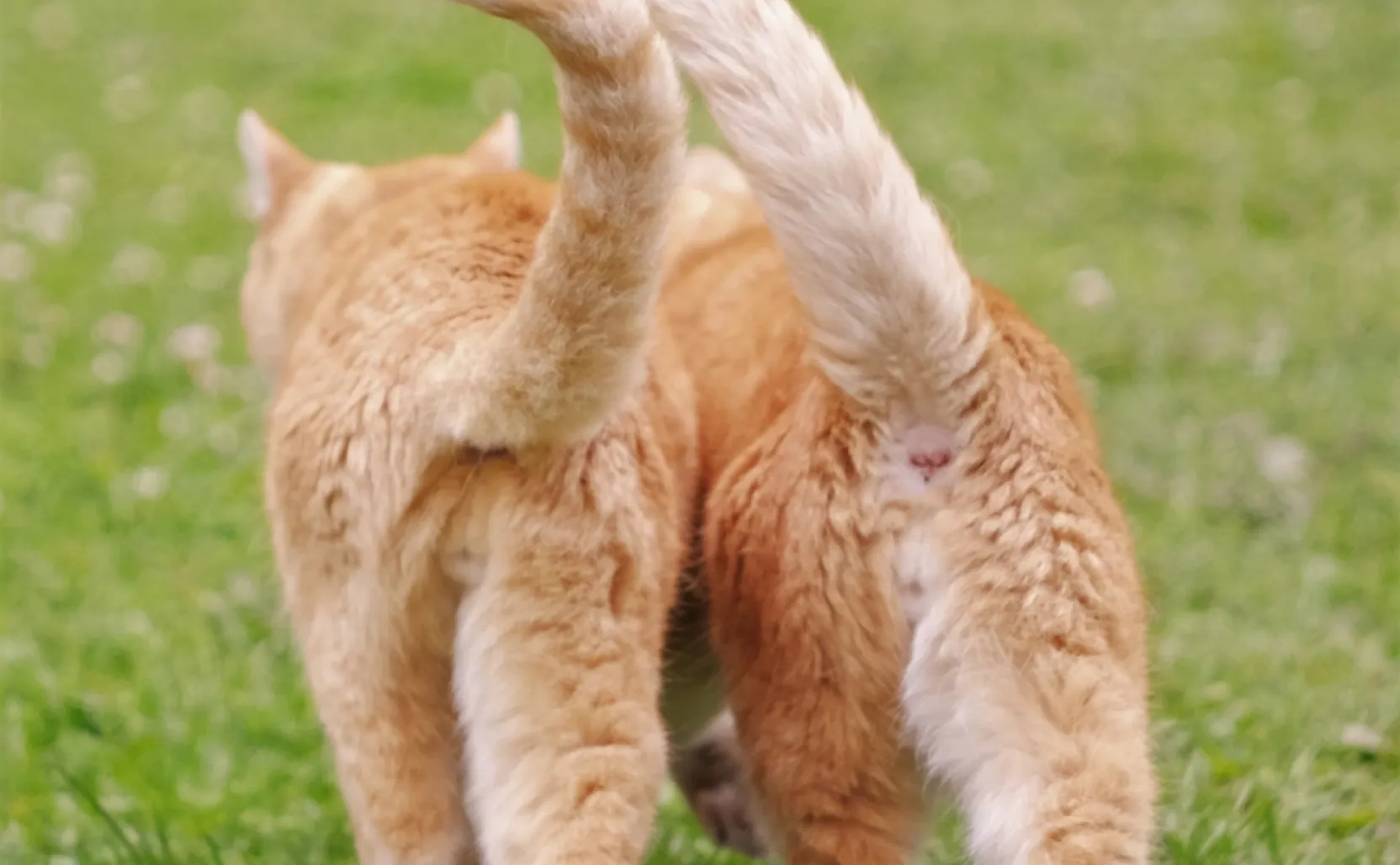
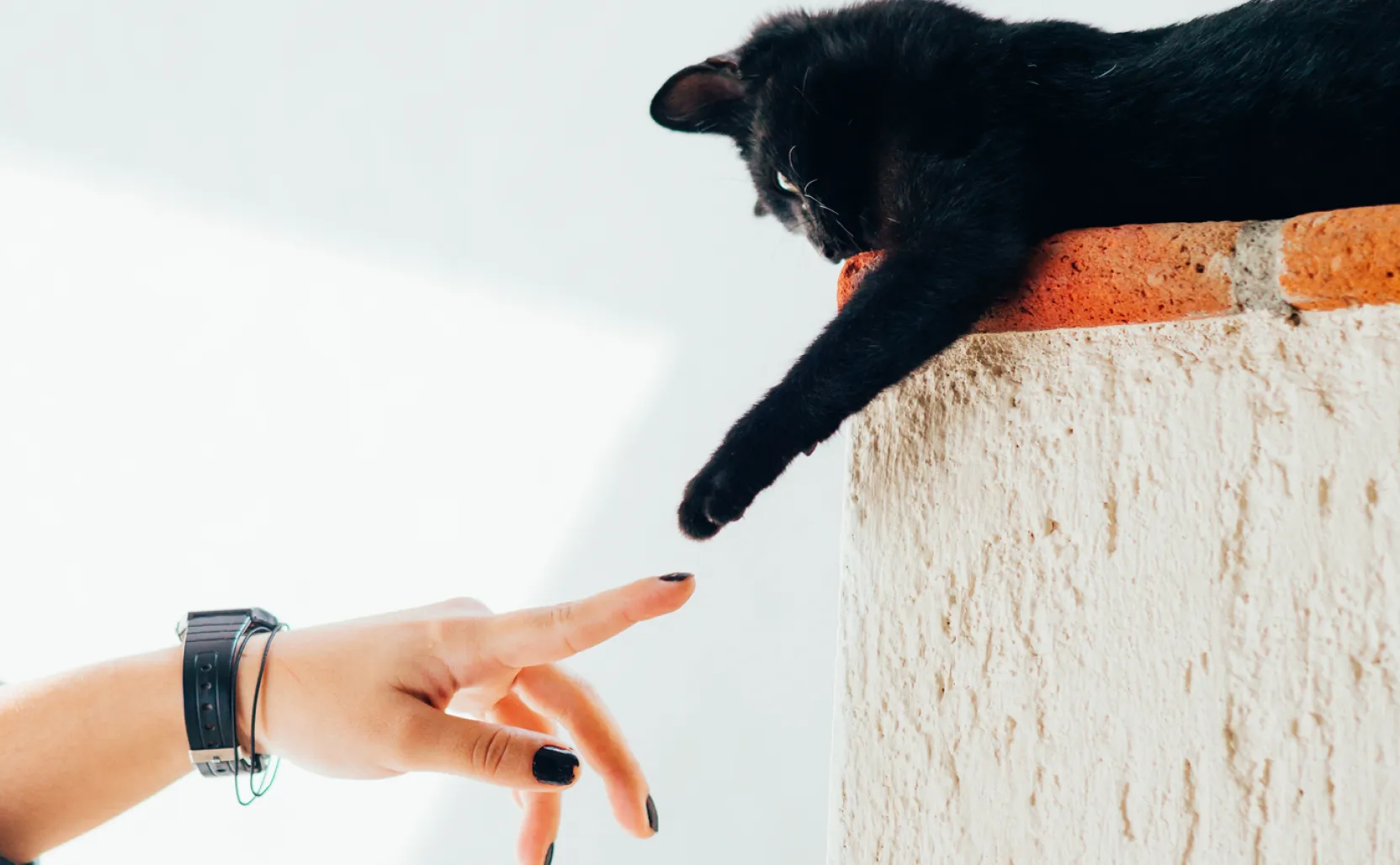

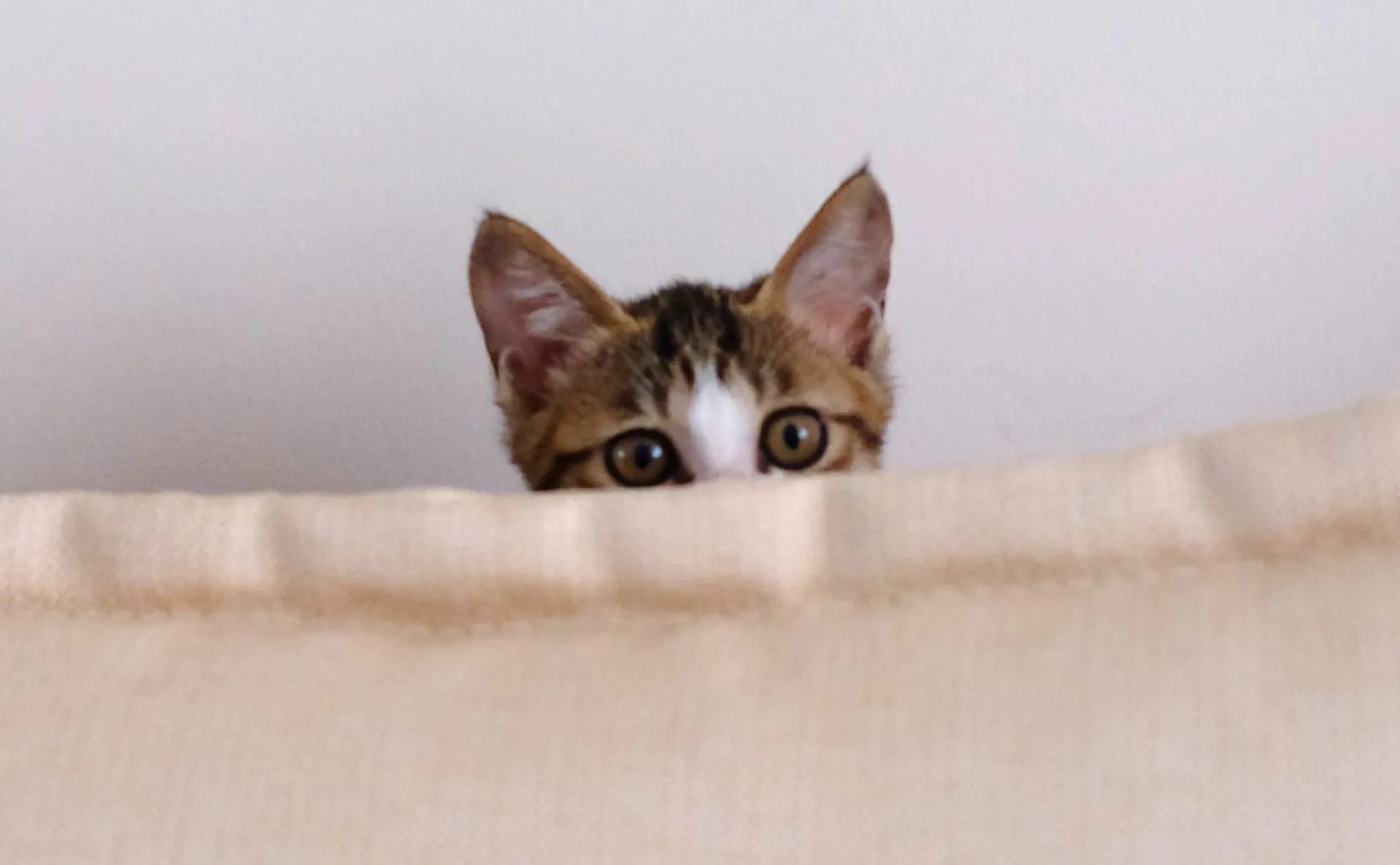

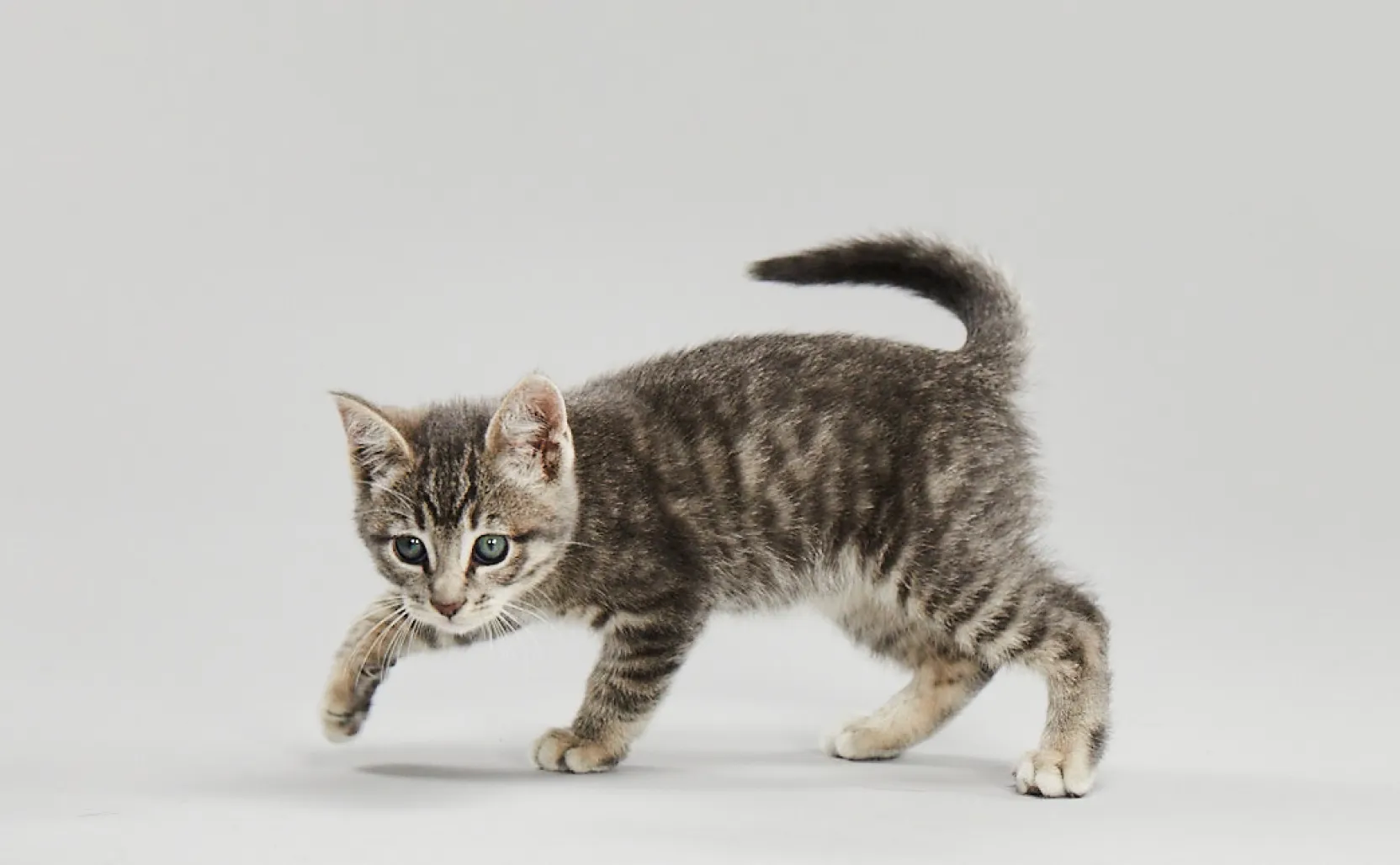

Training Your Cat
Sleep.Eat.Clean My Face.Potty Box.Scratch Something.Find The Sun.Sleep.Eat.Clean My Face.Potty Box.Sleep.Another day in the life of an undercover cat!
Cats may truly be the smartest animals. They are so intelligent that they have convinced many people that they are totally untrainable. Little is really ever expected of a cat other than using a litter box and occasionally coming when called, especially if tasty cat food is being served.
We all know that cats don’t like to be told what to do, they like to figure things out for themselves. So it’s time to reveal the secret to getting these little geniuses off the couch to demonstrate the power locked in their brains.
First, obtain a toy metal clicker that produces a double-click sound when you depress & release it. Clickers produce a distinctive, consistent sound, while your voice (well lets face it) chatters on with your cat all day and your cat does not know the difference between your rewarding voice and your views on life.
Second, determine your cat’s favorite treat – chopped chicken, cheese or tuna. Then combine the clicking sound with a treat. The idea is to get your cat to associate the clicking sound/behavior with a treat.
Timing of rewards is critical. Click first, then drop the treat in front of the cat. Click & Treat is the key. Choose one exercise at a time. Click and treat your cat for coming or sitting or fetching (really!); for finding the potty box and the right place to scratch.
Try to do this exercise several times a week and watch for the time when the cat associates the sound of the clicker with getting a treat. Keep sessions regular but short. When the cat buys into the game plan, then you can add a word or a gesture to indicate the learned movement that receives a treat.
From your cat’s perspective, it is training you to click the clicker and provide great treats, entertainment and unwavering admiration.
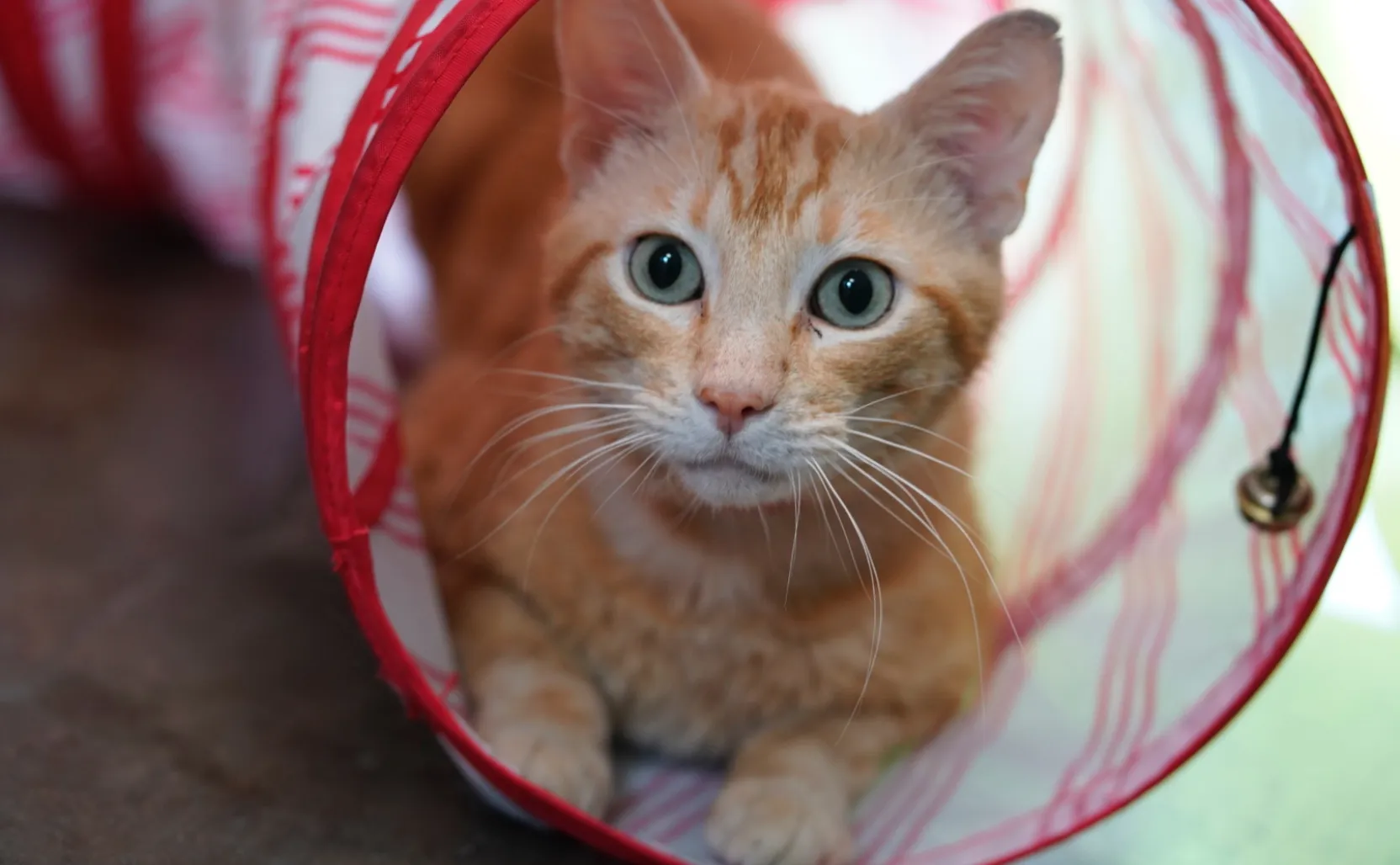
Most cats do not need to be bathed, but if your cat has a special circumstance that lends itself to be bathed, discuss with your veterinarian. If you do need to bathe your cat, avoid getting water in their ears and soap in their eyes. Make sure you use a shampoo specifically formulated for cats as their skin has a different pH than that of a dog.


